Chelsea Clematis – 1 Gallon Pot
$49.97 Original price was: $49.97.$34.98Current price is: $34.98.
SKU: D2LSC 4848242597 Categories: Clematis Vines, VINES & CLIMBERS
- Experience the difference quality makes.
- Buy with Peace of Mind
- Free Shipping, No Compromise on Quality
- High quality products, hassle-free returns.

Chelsea Clematis
Clematis ‘Chelsea’ PP29,236 Evipo100
Plant Details
USDA Plant Hardiness Zones: 4a-9b Find Your Zone
Plant Type: Flowering Vine
Height or Length at Maturity: 3′
Width at Maturity: 2′
Spacing: 2′ apart to cover fences and walls
Spacing: 2′ apart to cover fences and walls
Growth Habit / Form: Climbing, Dense, Twining, Twisted Branching
Growth Rate: Moderate to Fast
Flower Color: Light Silver Blue
Flower Type: Single
Flower Size: 4″
Flowering Period: Spring to Summer to Fall
Flowering Period: Spring to Summer to Fall
Fragrant Flowers: No
Foliage Color: Green
Fragrant Foliage: No
Sun Needs: Full to Mostly Sun, Part Shade, All Day Lightly Filtered Sun
Water Needs: Average
Soil Type: Clay (Amend heavy clay to ensure good drainage), Loam, Sandy, Silt
Soil Drainage: Moist but Well Drained
Soil pH: 5.5 – 7.0
Maintenance / Care: Low
Pruning Group: 3
Attracts: Butterflies, Hummingbirds, Beneficial Pollinators, Visual Attention
Resistances: Deer, Disease, Heat, Humidity, Insect, Black Walnut
Description
Everything about this Clematis is soft and soothing, making it a perfect fit for the Zen or calming garden. Silvery with a hint of blue, the 4 in diameter flowers with butter-yellow anthers makes Chelsea a real charmer that will climb a petite trellis or fence to just 3 feet, or is ideal for spilling over walls or a hanging basket, urn, planter or other container. Blooms almost continuously from late spring to early fall. Easy care, bushy long-blooming compact habit, and good shade tolerance…every garden should have at least one of these incredible vines!
Clematis Chelsea was introduced in 2013 to celebrate the 100th anniversary of the renowned Chelsea Flower Show in London.
Landscape & Garden Uses
Climbing 3 feet high and spreading 2 feet or more wide, the Chelsea Clematis is ideal for growing on short trellises, mailbox post, obelisks, and other structures. Excellent as a spiller in hanging baskets, pots, planters and other containers for situating on patios, decks and around other outdoor living spaces where the amazing flowers can be viewed from close up. A fine addition to Clematis gardens and blue theme gardens.
Suggested Spacing: 2 feet apart to cover fences, trellises, and walls
Growing Preferences
This Clematis is easy to grow in a moist but well-drained soil of average fertility and full sun to part shade. Though it tolerates dry periods when established, it will appreciate an occasional watering in prolonged periods of dry weather. Make sure not to plant this one too deep as it tends to smother the plant. See pruning instructions just below.
Clematis Pruning Group 3
Clematis in group 3 consist of late-flowering species that bloom from mid-summer into fall. This group flowers on the last 2 to 3 feet of the current season’s growth (new wood). They are easy to prune because you do not need to maintain any old wood. In February or March, cut each stem to a height of 1 or 2 feet. Although you will be removing good stems and buds, this treatment keeps these vigorous growers in bounds. If not pruned, these vines will quickly become a mass of old diseased woody stems producing very few flowers. Always make sure to leave two good buds below where you make your cut. New growth will emerge from these buds to produce the current seasons vines and blooms.
Helpful Articles
Click on the link below to find helpful advice from our experts on how to plant and care for Clematis vines
How To Plant A Clematis
How To Prune A Clematis
Plant Long & Prosper!
Questions? Contact Us!
Be the first to review “Chelsea Clematis – 1 Gallon Pot” Cancel reply
Related products
Sale!
Clematis Vines
Sale!
Clematis Vines
Sale!
Clematis Vines
Sale!
Clematis Vines
Sale!
Clematis Vines
Sale!
Clematis Vines
Sale!
Clematis Vines
Sale!
Clematis Vines




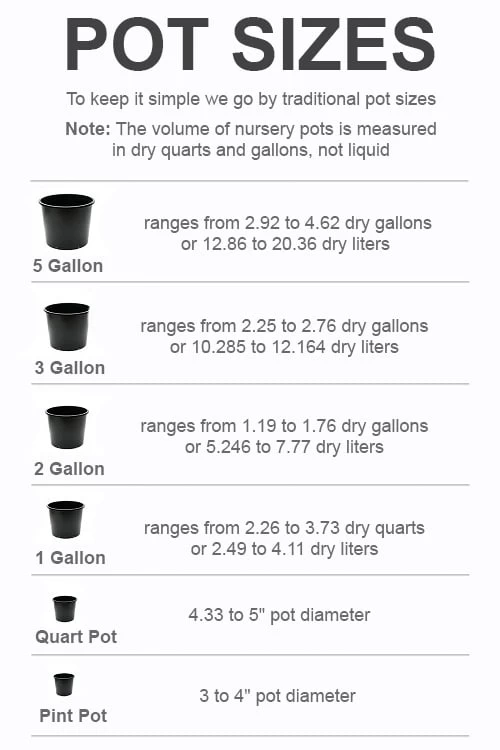
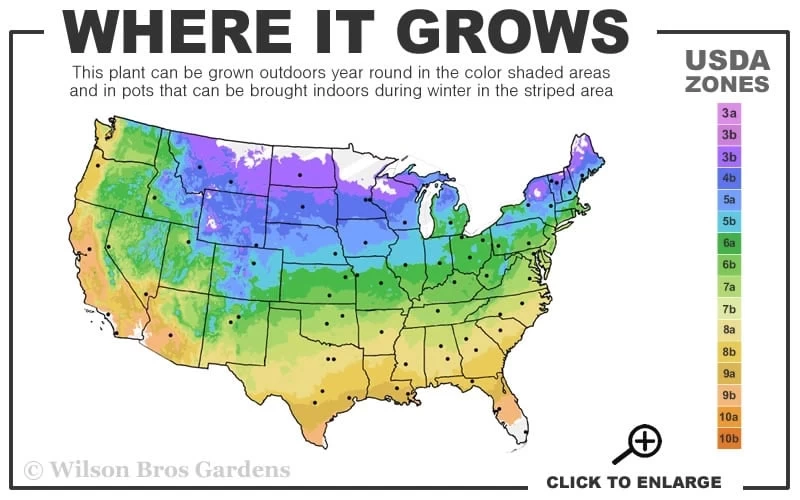



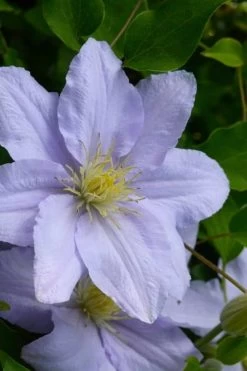
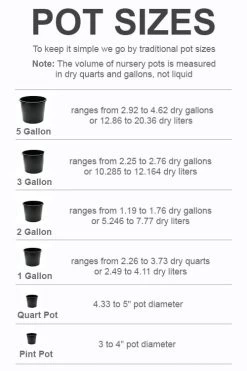




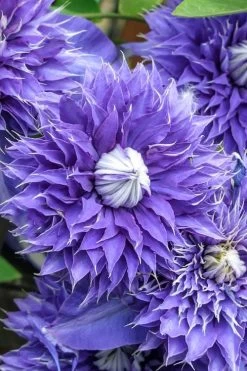
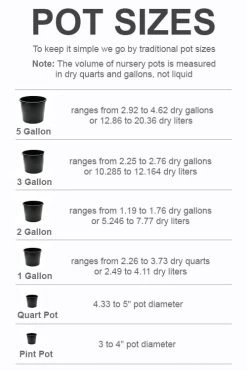
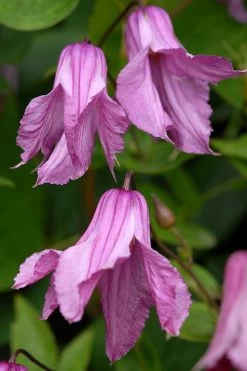






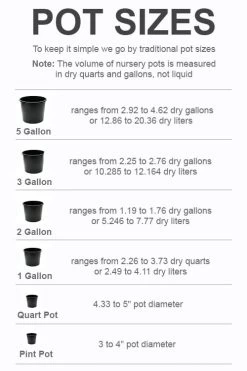

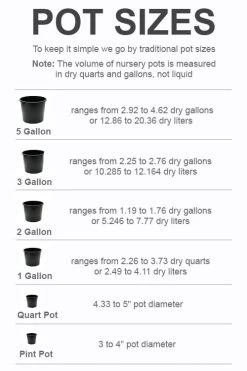
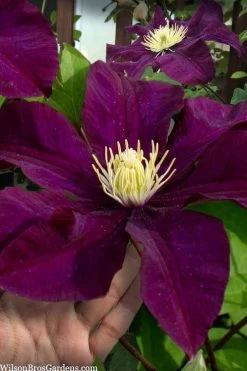
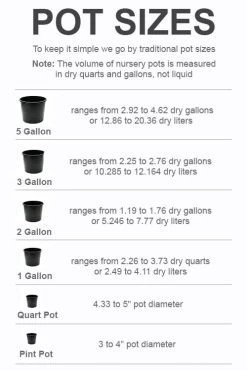
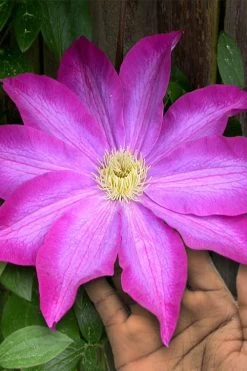

Reviews
There are no reviews yet.